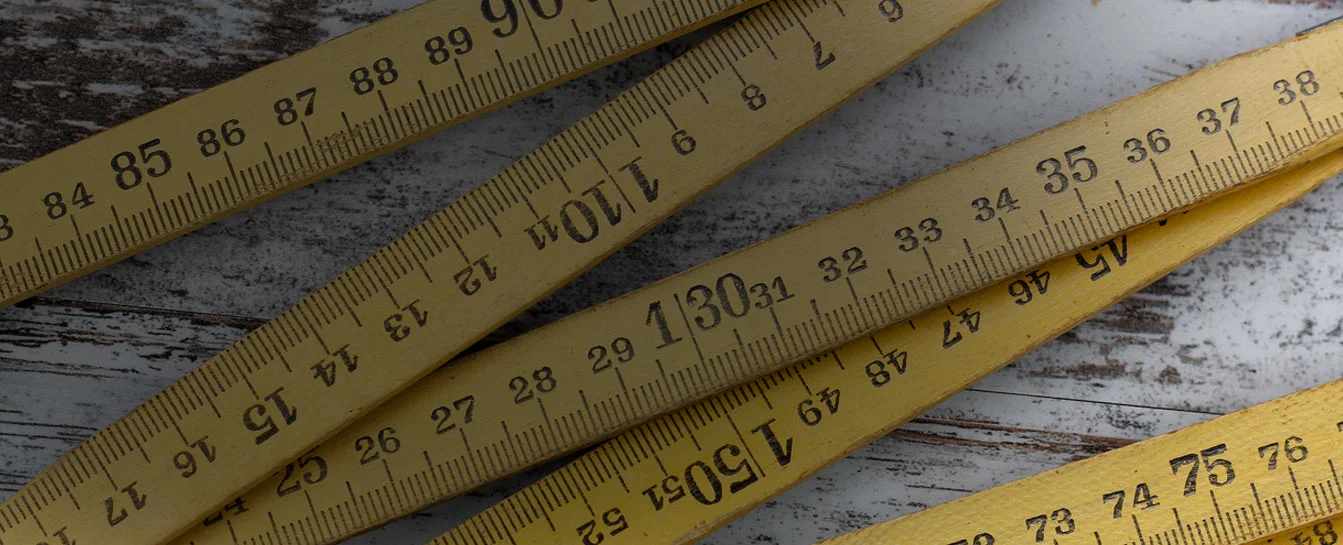By Aaron McHugh, Kalibrate Merchandise Group Business Development
John Wanamaker, a U.S. merchant who opened the first department store in Philadelphia in the late 1800s, coined the popular phrase, “Half the money I spend on advertising is wasted; the trouble is I don't know which half.” Though referring specifically to advertising dollars, Wanamaker’s statement is every bit as applicable to convenience store retailers trying to measure the effectiveness of their merchandise promotions.
Walk into any convenience store and one thing is clear; every convenience retailer runs promotions. Buy two for a buck. Get any size fountain drink for only $.99. Buy a 20 oz. coffee and get a donut for a quarter. Convenience retailers operate within a derivative range of these types of promotional offers. The challenge retailers face is understanding which promotions actually perform well — and which ones don’t.
Unfortunately, measuring the effectiveness of every promotion is a luxury most convenience retailers don’t have. No one is happy about it, but historically measuring promotional performance has simply been too difficult and too time consuming to accomplish.
The result? Just keep running promotions and hope that the law of averages equals out in the end. In other words, “some promotions will work and some won’t.” Unfortunately, this level of ambiguity can't help retailers harness true promotional success.
For simplicity's sake, let’s segment promotions into three stages: Planning, Execution and Measurement.
The Planning stage requires research, negotiating with vendors, determining promotional pricing, analysis and forecasting.
Next comes the Execution stage. Signage is printed. Shelf tags are hung. Promotional material is distributed. And then finally, the price book and POS are synced and ready.
Some eight weeks later, the promotion ends and it’s time for the Measurement stage. For most convenience retailers, this is the stage that never actually happens. All retailers have great intentions to go back and audit the accounting reports, meet with vendors and compare the national and regional forecasts against actual promotional performance. But most never do.
Why not?
It's not because retailers are successfully measuring each promotion's results one by one and forgetting a macro view. In fact, that sort of micro focus, too, can get you into hot water. As Tim Young wrote for FICO, "Promotions are part of an overall marketing strategy and usually not a standalone event. So you need to expand your scope of measurement to identify the impact your promotional strategy is having on the sales and margin over time."
Today’s world of BIG DATA has increased information access, but the mass of data available can actually make it more difficult to decipher actionable insight. Unless the information is contained within a canned report, most retailers simply don’t have the time, the manpower or the expertise to transform BIG DATA into decisions.
Instead, if attempting the expanded scope that Young mentions, the default metric is to take a look at the store's year-over-year sales performance, then measure the delta — the gap between the store's current reality and its expected sales performance. One of three conclusions usually result:
- We’re ahead.
- We’re on track.
- We’re behind.
Start Planning and Executing the Next Set of Promotions
Newton’s law of Inertia says, “An object at rest stays at rest and an object in motion stays in motion with the same speed and in the same direction…. unless acted upon by an unbalanced force.” There are a lot of similarities between Newton’s law of Inertia and the state of convenience retail promotions.
As an industry, we are stuck in motion at the same speed of always promoting, often repeating the same promotions year after year. We continue replicating what was perceived to have worked last year, but for the most part, we really don’t know.
Mostly, we pay attention to same store sales performance year-over-year. We don’t really ever get granular enough to truly measure what’s working and what’s not.
At Kalibrate, we believe it’s time for the introduction of that "unbalanced force” to disrupt the current inertia of promotions within the industry. We believe that convenience retailers can and should be reliably measuring promotional effectiveness by utilizing predictive forecasting and consumer demand modeling.
Math and science undergird promotional pricing in most other large industries such as air travel, big box retail, finance and grocery. It’s our industry’s turn to embrace an analytical approach to measuring the effectiveness of promotional performance.
Here are more details on Kalibrate’s Merchandise Promotion Analytics solution.

